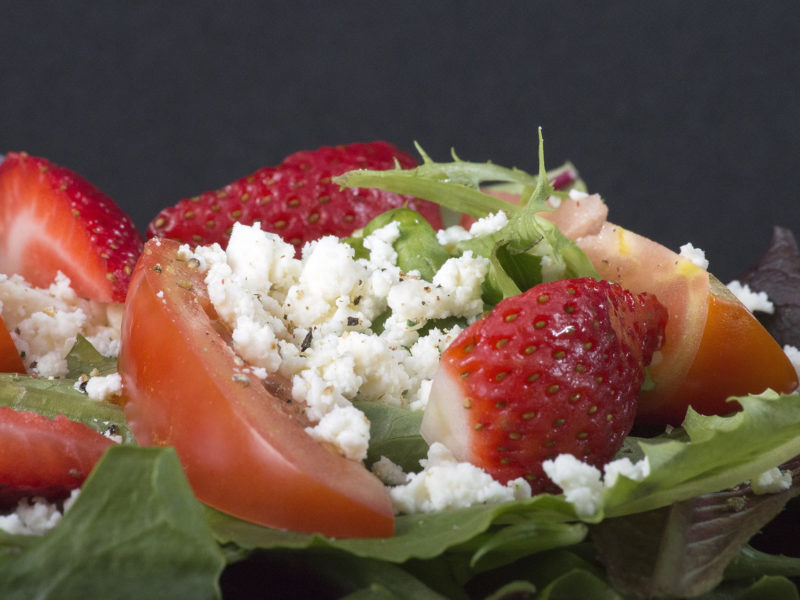Approach for cultivation of strawberry and tomato varieties with reduced allergy potential
The incidence of food allergies has increased in recent decades: It affects three to four percent of the adult population and five percent of children. Tomatoes (Solanum lycopersicum) and strawberries (Fragaria x ananassa) can cause allergic reactions due to the presence of various allergenic proteins. Of particular note are proteins that resemble the primary allergen in birch pollen and due to this similarity can lead to birch pollen-associated food allergy. About 1.5 percent of the population in Northern Europe and up to 16 percent in Italy are affected by tomato allergies. And around 30 percent of those who are allergic to birch pollen also report allergenic reactions to strawberry fruits.
Symptoms of an immunological reaction to strawberries or tomatoes can affect the skin (urticaria or dermatitis), irritate mucous membranes and trigger a runny nose, and can also lead to abdominal pain. Food allergy sufferers develop symptoms after eating fresh fruit or vegetables, while processed products are often tolerated.
Previous studies have found that there are several proteins in both strawberries and tomatoes, which can cause allergic reactions. The aim of the two recently published studies was to quantify an important allergenic protein in the various strawberry and tomato varieties. In order to analyze a broad spectrum, varieties were selected in both cases, which differed in size, shape, and color. Furthermore, the influence of organic and conventional cultivation conditions as well as various processing methods ranging from sun-drying and oven-drying to freeze-drying of the fruits, were investigated. It was assumed that the concentration of the allergenic protein varies with the color of the ripe fruit, the state of growth, and the processing method.
The specific variety makes all the difference
Twenty-three different-colored tomato varieties and 20 strawberry varieties of different sizes and shapes were examined to analyze the genetic factor for the expression of the allergenic protein in the fruits.
The concentration of the allergen in both types of fruit varied greatly between varieties. In addition, the heat sensitivity of the proteins could be confirmed: If the fruits were exposed to heat during the drying process, their allergy potential was lower. However, the influence of cultivation conditions (conventional and ecological) on the allergy content was minor.
Consequently, the proteins investigated in the studies (Sola l 4.02 in tomatoes and Fra a 1 protein in strawberries) may in future serve as markers for the cultivation of hypoallergenic tomato and strawberry varieties.
Source: Technical University of Munich (TUM)
Journal: PLOS ONE
Related Journal Article: http://journals.plos.org/plosone/article?id=10.1371/journal.pone.0197971

